Electric shocks cause thousands of serious injuries each year in the UK alone - even those who are lucky enough to escape electrocution (death by electric shock) can still end up suffering from burns, persistent pain, heart/respiratory problems, and numerous other consequences.
For this reason, it's extremely important that everyone does their bit to minimise the risk posed by electrical hazards. If you are responsible for managing premises that contain such hazards, it is your duty to inform those around you of the danger. This is best achieved through the use of electric shock notices: signs and labels that warn of potentially lethal electrical installations.

Here are some examples of how electric shock notices can be deployed to protect people's safety:
- Generic electrical warning signs should be placed near any electrical hazards
- If the specific voltage is known, it's a good idea to identify this with an appropriate label or sign
- An electric shock treatment guide may help to save a life if an incident does arise
- Electric shocks can often be prevented using the correct PPE (Personal Protective Equipment) - put up PPE signs to remind people of this
Click here to browse Label Source's complete range of electrical notices, signs and labels.
It's the final day of Health and Safety Week today, and with the focus being "Inspiring excellence in the profession" we thought we'd provide you with a last minute suggestion on how you can boost health and safety engagement in your workplace.
There are a number of ways to improve health and safety engagement, from rewarding workers for their initiative, organising a health and safety presentation to be delivered by your employees or including your staff when you're carrying out health and safety measures, but one of our favourite methods is a good, old, classic quiz. There are bound to be plenty of safety signs and hazard notices placed all over your workplace, but do the workers using these premises actually take note of them and understand what they mean? To find out, you can organise a quiz which includes all the signs and notices in the building - for each correct symbol, the employee gains a point. To encourage your employees to scrub up on their health and safety knowledge even more, you could provide the top-scoring employee with a prize!
To give you a rough idea of what your quizzes should look like, we've taken it upon ourselves to get the ball rolling and provide you with an example below. Set your employees weekly tests to do and in no time they'll be health and safety experts!
What do these symbols mean?
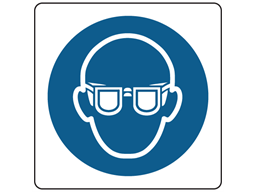
1) We'll start you off easy! Click here to find out if you're correct.
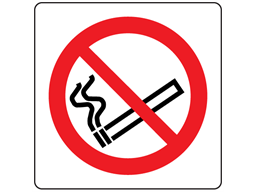
2) This symbol is everywhere! Answer here.
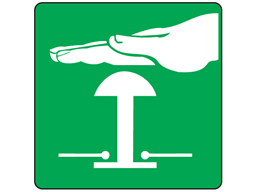
3) Come on, you've got to get this one! Answer here.
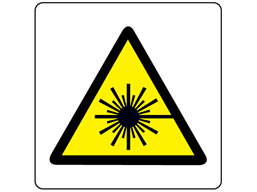
4) We're stepping it up a notch! Click here to see if you're right.
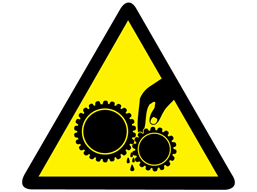
5) Not sure on this one? Click here for the answer!
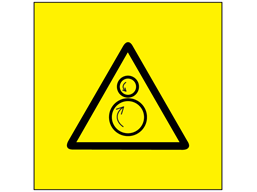
6) We'll give you a clue, it has nothing to do with snowmen! Answer here.
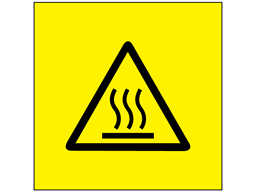
7) What do these wavy lines mean? Find out here.
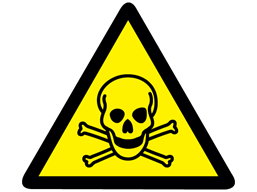
8) What does this skull tell you? Click here to find out!
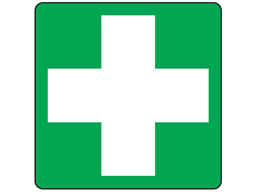
9) Everyone should recognise this! Click here to find out the answer.
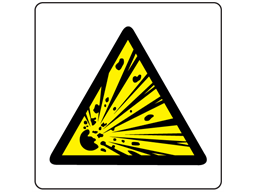
10) This one certainly stands out! To find out the answer click here.
This Health & Safety Week, make sure you're doing everything you can to keep your employees safe!
If you're an employer, you have a number of responsibilities to fulfil when it comes to the health and safety of your workers. These responsibilities are described in detail on the HSE website, but today, we at Label Source would like to focus on 5 of the most important duties that you need to be aware of.
As an employer, you must:
1. Identify any potential risks within the workplace and decide what measures must be taken to control them.
2. Explain any and all risks to your employees. You must also explain what you're doing to control these risks. Make sure that every member of your team fully understands what you are telling them.
3. Protect your workers from harm in the workplace. Do everything you can to minimise the risk of accidents/injuries/illnesses while encouraging all employees to work together to do the same.
4. Train your employees to do their jobs safely and correctly. This training must be provided free of charge.
5. Provide any equipment that your employees will need to stay safe while working. Again, these items must be provided free of charge; possible examples include safety goggles, hard hats, ear protection, work gloves, dust masks, high-visibility clothing, and any other pieces of PPE (Personal Protective Equipment) that might be necessary. You are also obliged to provide first aid facilities, toilets, clean drinking water, and washing facilities for your workers.
Useful Health & Safety Products from Label Source
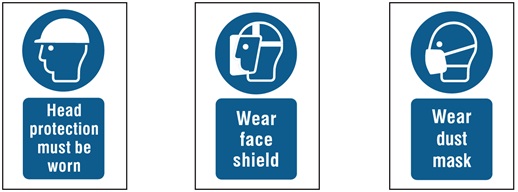
Personal Protection Safety Signs
Health and Safety Posters

Electrical Warning Labels

Chemical Hazard Signs & Labels
This week is Health & Safety Week throughout the UK, and as you can probably imagine, we at Label Source will be watching the conversation surrounding this event with great interest as the week unfolds. According to SHP Online, the focus for Health & Safety Week 2016 is 'inspiring excellence in the profession', specifically by recognising the people who strive to achieve excellent H&S standards within their organisations.
Of course, providing a safe working environment is the responsibility of the employer first and foremost, but this does not mean that workers should not be encouraged to contribute to health and safety culture within the company. Here are some suggestions for improving company-wide engagement with health and safety practices:
- Reward workers for their initiative. The 'Employee of the Month' award is a common motivational gimmick, but instead of simply handing out a monthly award to the person who did the best (a nebulous standard if ever there was one), why not recognise and reward workers specifically for their ongoing contributions to health and safety? You could even offer a monthly prize (e.g. a gift voucher) to encourage workers to constantly be on the lookout for opportunities to improve workplace safety.
- Organise a health and safety presentation (to be delivered by your employees). Lecturing your workers on health and safety protocol tends to be a tedious experience for all involved, so why not flip the script and encourage a group of employees to put together an informal presentation based on their own research and ideas? This is a good way to get your employees thinking more carefully about H&S measures and how they are deployed throughout the company, and talented staff members will be able to deliver a presentation that gets the whole team interested too!
- Include your staff when carrying out/renewing regular health and safety measures. Excluding those who are directly involved in the running of the company, most employees don't think about H&S very often because it's not part of their job. The resulting apathy towards H&S can be countered by getting workers involved in the day-to-day management of the company's health and safety system - possible examples include asking employees to order any new safety labels that may be required, enlisting them to help with informal risk assessments, or even just regularly reminding them of established protocol (e.g. via fire drills and refresher training).
- Quiz your employees! There are probably safety signs and hazard notices dotted all over your workplace, but do the people who use the premises on a daily basis actually know what everything means? To find out, organise a quiz like this one - offer a prize for perfect scores, and give everyone time to revise and brush up their knowledge beforehand!
Be sure to follow Label Source on Twitter for more health and safety insight and conversation during Health & Safety Week (as well as all year round!)
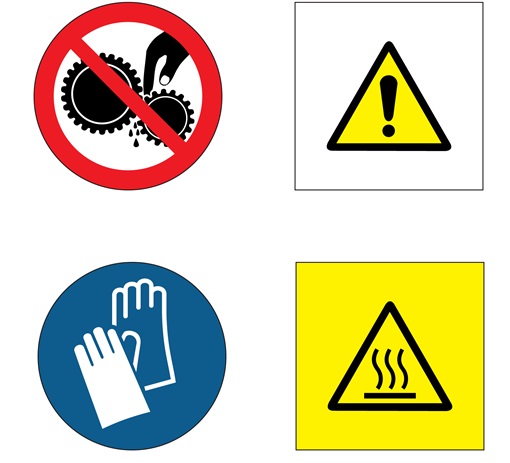
Engineering labels are used to warn users of potential hazards that may cause injurie when working with machinery, equipment and industrial products as well as the correct procedures of use. Engineering labels are incredibly useful for many engineering and work sites, as there is a wide variety of different machinery and equipment that require you to warn the users of the different potential hazards and procedures
We have a large variety of Engineering Labels here at Label Source, covering a huge range of potential hazards and correct procedures for use, mandatory engineering labels such as read manual, wear eye/ hand / ear protection and keep locked labels. We also stock a huge selection of hazard warning signs. All of our labels are made from self-adhesive polyester and are supplied in rolls of 250 labels each. The labels are rub, abrasion and chemical-resistant and can operate in temperatures ranging from -30 C to +120 C, perfect for use in an industrial environment. These labels are available in two sizes 15mm x 15mm and 25mm x 25mm, making these labels ideal for labelling machinery, equipment and industrial products.
If you would like to view our full range of Engineering Labels, click here.
If you cannot find a sign that meets your exacting requirements, please don’t hesitate to contact us. You can get in touch by calling 0800 3761 693 or emailing info@labelsource.co.uk where an expert member of our customer service team will be on hand to help you.